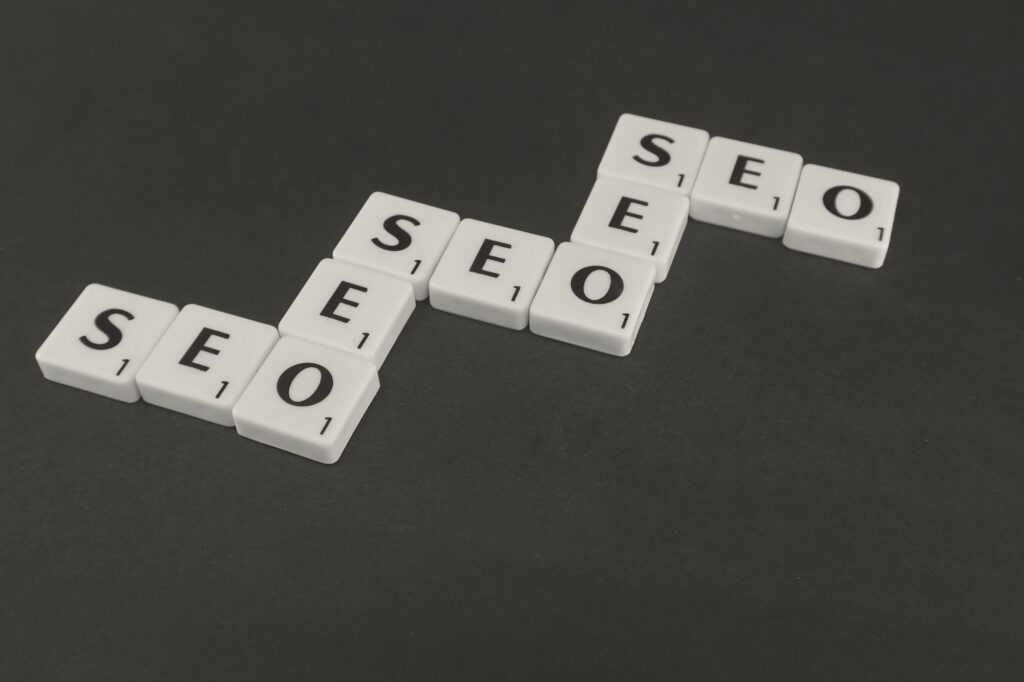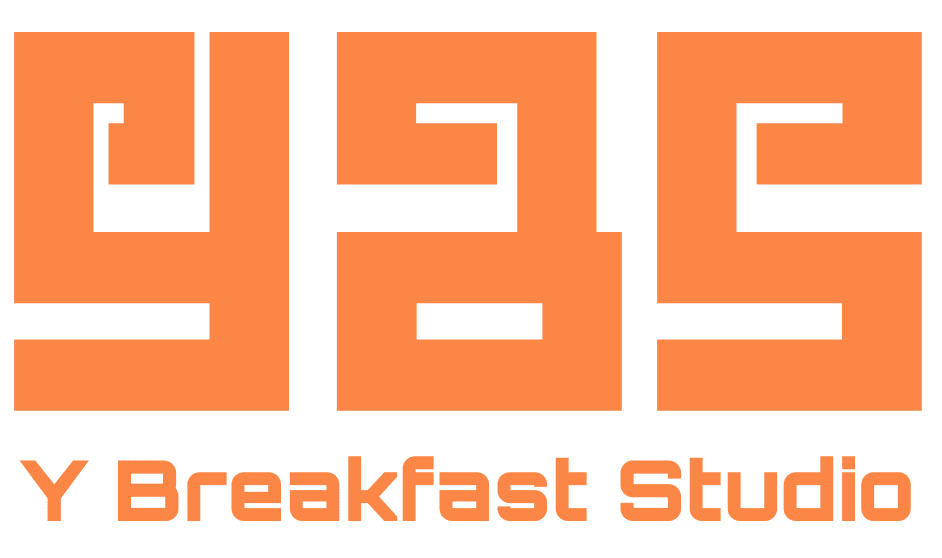Paid vs. Organic Digital Marketing: How to Find the Right Balance
Table of Contents
Paid vs Organic Marketing for Art Brands: A Strategic Integration Approach
For art brands and galleries a standout creative portfolio isn’t enough—you also need a well executed marketing plan. Paid and organic marketing should not be viewed as competing options but as complementary tactics. When aligned strategically they deliver enhanced reach credibility and long term growth.
What is Paid Digital Marketing?
Paid channels such as Google Ads Facebook Instagram TikTok and influencer partnerships enable targeted adverts. These methods deliver immediate visibility and rapid audience expansion.
Core Advantages:
Quick impact: Launch campaigns to promote exhibitions new collections or gallery events with instant reach.
Precision targeting: Tailor ads using demographics interests behavioral patterns and lookalike audiences.
Retargeting potential: Follow up with site visitors who haven’t converted.
Scalability: Easily increase reach by boosting budget.
Limitations:
Ongoing spend is required and misaligned targeting can lead to low ROI.
What is Organic Digital Marketing?
Organic strategies include SEO content creation social media activity email campaigns and community engagement. These tactics take longer but build sustainable visibility and trust.
Advantages:
Durable loyalty: Consistent value driven content fosters lasting relationships.
Cost efficiency: Steady traffic growth without ad spend.
Market authority: Informative resources position you as a reference in the art world.
Search engine traction: Optimized content ranks over time improving discoverability.
Challenges:
Requires ongoing effort and deep insights into collector preferences.
Paid or Organic Digital Marketing – When to Use Which
Use paid marketing when:
You need immediate exposure such as announcing a major exhibition.
Targeting specific segments for example emerging collectors or art influencers.
Re engaging browsers via retargeting ads.
Seeking rapid growth following a launch.
Use organic strategies when:
You aim to cultivate long term brand trust.
You want to rank higher on searches like “contemporary portrait artist in Berlin.”
You are optimizing budget with lasting returns.
Your focus is building discoverability through well optimized site content.
SEO Essentials for Galleries and Art Brands
Keyword research tailored to collectors
Focus on phrases your audience searches such as artist names art movements artwork types price range and location. Use tools like Google Keyword Planner and Trends to uncover demand and refine landing page copy.On page optimization
Title tags headings and meta descriptions should include target keywords near the top. Provide detailed collector focused content covering aspects like provenance pricing shipping and artist background. This convinces visitors and supports search visibility.Image SEO
Use descriptive filenames such as “abstract oil painting 100×150.jpg” and rich alt text. Compress images and lazy load them to improve page speed and mobile performance.Technical and local SEO
Improve page load times using tools like Google PageSpeed Insights. Optimize your Google Business Profile with accurate details event updates and images to boost local search visibility.Authority building via backlinks and fresh content
Seek mentions or links from art blogs local press or partner sites. Maintain a blog or news section addressing collector questions market trends artist spotlights and exhibition reviews updating frequently to show Google your site is current.
Integrating Paid and Organic for Maximum Effect
Intent driven keyword overlap:
Use paid campaigns to test high value search phrases. Once top performing terms emerge embed them into organic strategies such as landing pages blog posts and site content.
Content funnel synergy:
Run paid campaigns that link viewers to SEO optimized cornerstone content. For example paid ads for “Minimalist prints under $500” lead directly to an article or product page optimized for that phrase.
Retargeting based on organic behavior:
When collectors engage with organic content follow up with paid ads reminding them to revisit sign up or take action.
Performance data loop:
Use web and campaign analytics to identify traffic generators. Adapt SEO and paid budgets based on channel performance and user behavior.
Success Metrics to Track
Paid: CPC click through rates ad conversions
Organic: Keyword ranking movement organic traffic time on page bounce rate
Combined: Compare acquisition channels for user behavior and lifetime value
View All Insights
Arts and Culture Insights
This section provides valuable industry tips and explores how innovative strategies are transforming the arts and culture sector. It also highlights our approach to helping brands thrive in this evolving space.

Paid vs. Organic Digital Marketing: How to Find the Right Balance in 2025

Mastering SEO for Art Brands: How to Elevate Your Digital Visibility in 2025

Web Development Strategies for Selling Art, Tickets, and Experiences Online
Are You Ready To Start
A New Project With Us?
Whether it’s refining an existing project or initiating something entirely new, we’re here to make it happen. Let’s collaborate to elevate your brand’s presence and impact.
Contact Us
- hello@ybreakfaststudio.com
- +27 (0) 64 982 4645
-
Mailing Address: PostNet Suite 19
Private Bag X9, Melville
Johannesburg, South Africa
2109
